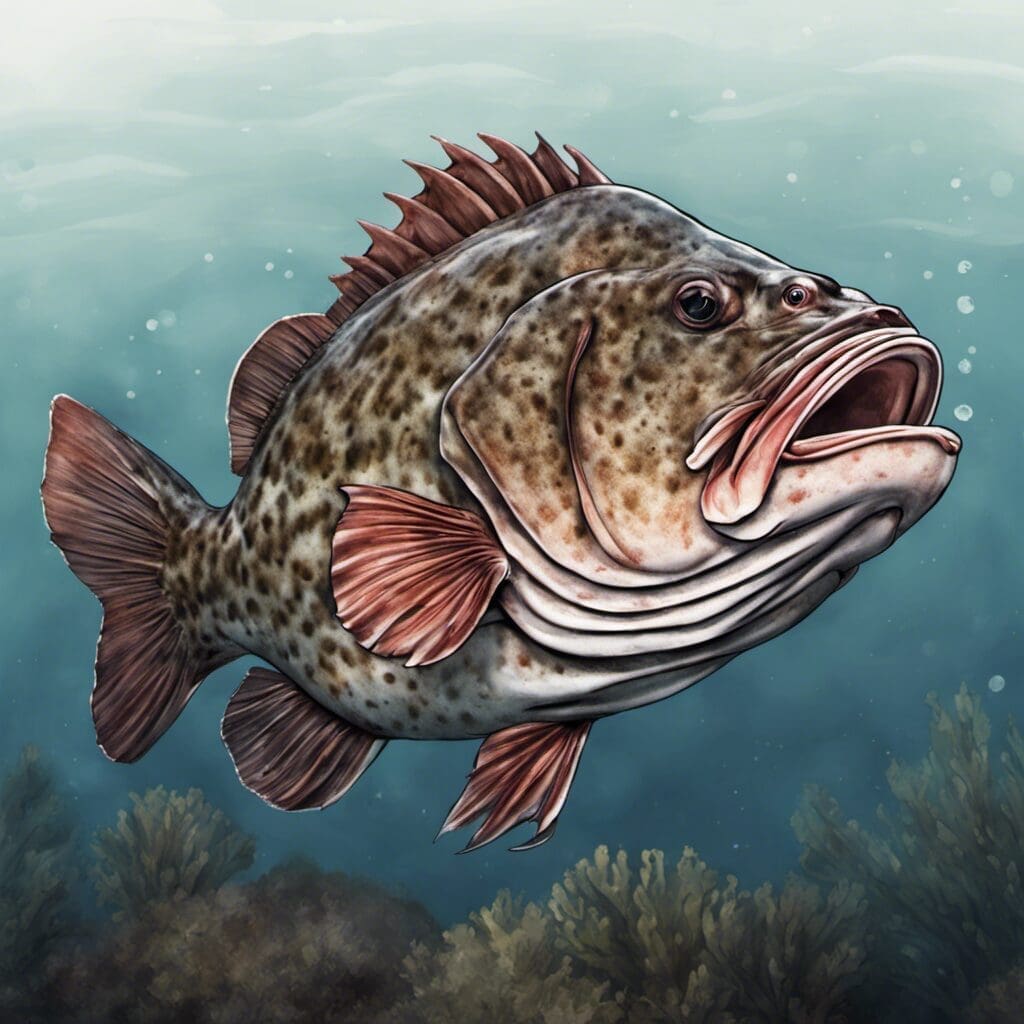Introduction
The Gag (Mycteroperca microlepis) is an intriguing member of the Serranidae family widely scattered across the subtropical and tropical waters of the world. Known for its elongated body and large mouth, this grouper species is a favorite catch among seasoned anglers.
Conservation Status
The Gag is currently classified as “Least Concern” by the International Union for Conservation of Nature (IUCN). Conservation strategies targeted towards preserving their natural habitats and regulating fishing activities are in place to maintain their population levels.
Statistics
| Average | Range | |
|---|---|---|
| Length | 75 cm | 30-145 cm |
| Weight | 10 kg | 1-25 kg |
Average Lifespan: 15-25 years
Distribution
The Gag is commonly found in the Western Atlantic, stretching from North Carolina to Key West, Florida, and the Gulf of Mexico. They exhibit no significant migration patterns.
Habitats
Primarily an oceanic species, gags are found in saltwater environments. They prefer rocky and coral reefs and can be found at depths between 5 and 100 m. The ideal temperature range is between 12 and 24 degrees Celsius.
When and Where to See
The Gag’s prevalence peaks during the colder months of the year, from late autumn till early spring. Sightings are typically more frequent during dawn and dusk.
Best Fishing Locations
Below is a list of the best places to catch a Gag:
- Gulf of Mexico
- Hudson Canyon, New Jersey
- Florida Keys, Florida
- Cape Hatteras, North Carolina
- Long Island, New York
- Chesapeake Bay, Virginia
- Jupiter Inlet, Florida
- Panama City Beach, Panama
- Bimini, Bahamas
- Tampa Bay, Florida
How to Catch
Gags are bottom feeders and love crustaceans. Using shrimp, crabs, or squid as bait may increase your chances of landing one. Experienced anglers use bottom fishing or trolling techniques to catch these fish. Fishing is generally more fruitful during dusk or dawn.
Identification Guide
The Gag is known for its elongated body, large mouth, and relatively straight anal fin. Body coloration varies from dark brown to gray with irregular coloring patterns that offer camouflage. This grouper species is sometimes mistaken for the Black Grouper, but the Gag has a lighter, grayer body.
Culinary
Gag meat is lean, with a mildly sweet flavor and a firm, yet tender texture. Its culinary versatility allows it to be fried, grilled, or used in stews. The nutritional content includes protein, B-vitamins, and omega-3 fatty acids. It’s broadly used in Carribean cuisine, providing flavorful dishes such as ‘Grouper Piccata’ and ‘Grouper a la Plancha’.
Additional Information
Gags are opportunistic carnivores, feeding on a diet that primarily includes crustaceans, squid, and other fish. They often fall prey to larger fish like Sharks and Barracuda. Historically, the Gag has been significant for commercial and recreational fishing across the Atlantic region.
References and Further Reading
- Florida Museum. (n.d.). Florida Museum
- NOAA Fisheries. (n.d.). NOAA Fisheries

